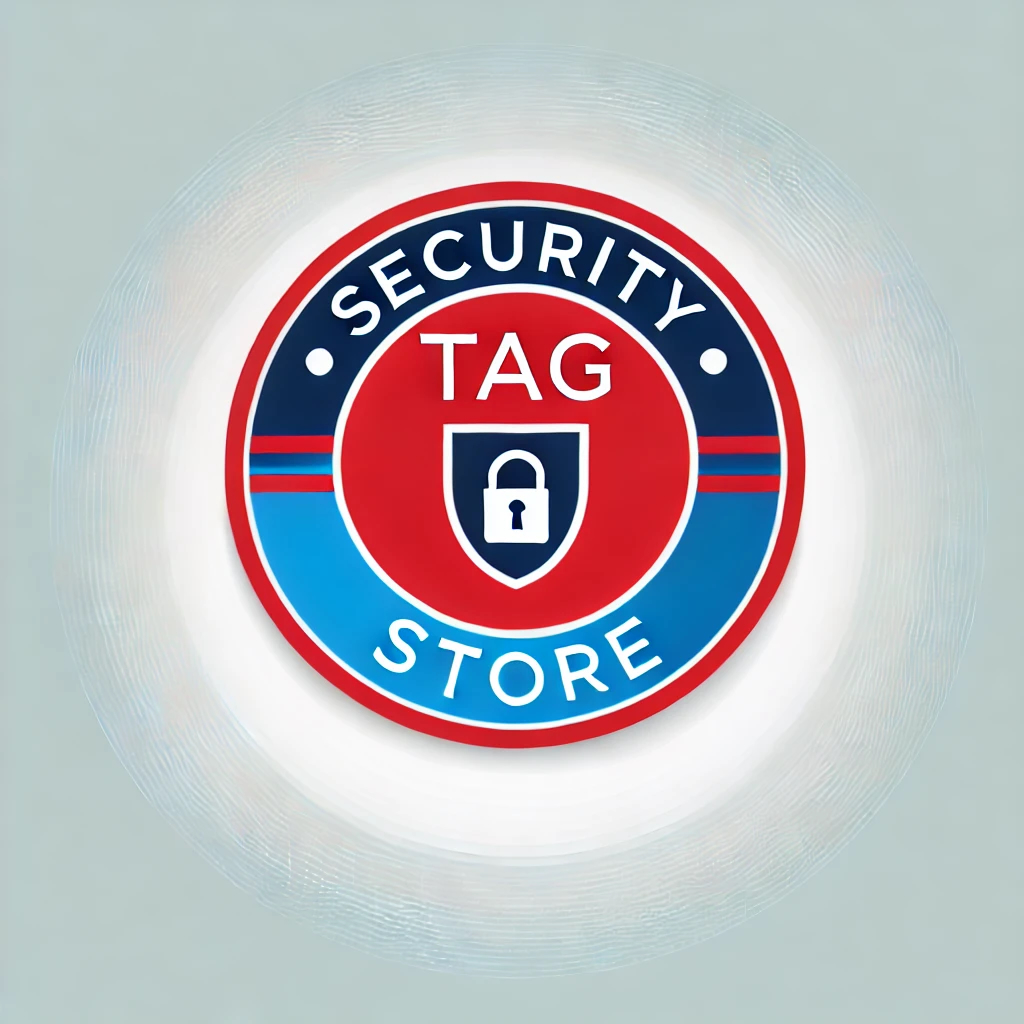The Hidden Cost of Convenience: Self-Checkout and the Retail Rethink
In recent years, self-checkout technology has been hailed as a modern solution for efficiency and cost-cutting in retail. However, this convenience has come at a significant price, as evidenced by an alarming surge in shoplifting incidents and operational challenges. The situation has become so complex that many retail giants are now reversing course, removing or limiting self-checkout lanes in numerous store locations.
Video: Example of potential theft at self-checkout (looping)
The Shoplifting Surge and Retailer Response
Recent studies paint a troubling picture of the self-checkout landscape. A LendingTree survey revealed that approximately 15% of shoppers admit to having shoplifted at a self-checkout station. This statistic underscores the vulnerability of a system designed to operate with minimal human oversight.
The financial impact is staggering. According to the National Retail Federation, retail theft, including shoplifting and employee theft, resulted in $112 billion in losses in 2022 alone. This figure represents a substantial increase from previous years, highlighting the growing challenge retailers face.
In response to these challenges, several major retailers are taking decisive action:
- Dollar General: The company has eliminated self-checkout options at about 12,000 locations, a majority of its stores. This process began in the first quarter of 2023.
- Five Below: The retailer is working to remove self-checkout entirely in some of its "highest-risk" locations.
- Target: The company has announced steps to limit or eliminate self-checkout options at some stores this year.
- Amazon: Surprisingly, even the tech giant is pulling its "Just Walk Out" cashierless checkout system from its grocery stores.
- Walmart: As previously reported, Walmart is removing self-checkout lanes from several store locations, including those in Shrewsbury, Missouri, Cleveland, Ohio, and Albuquerque, New Mexico.
The Root of the Problem
The increase in shoplifting at self-checkout lanes can be attributed to both deliberate actions and accidental mistakes. Niel Saunders, managing director of GlobalData, explains that the absence of a cashier creates opportunities for theft that some shoppers find irresistible. Additionally, self-checkout systems are prone to user errors, leading to unintentional shoplifting where items are either not scanned properly or missed entirely.
Claire Tassin, a retail and e-commerce analyst at Morning Consult, notes that shrink at self-checkouts "can be absolutely intentional from bad actors, or it could be accidental." She points out the common struggles many consumers face with self-checkout machines, which can lead to errors in scanning and bagging items.
Beyond Theft: Customer Experience and Labor Concerns
While theft is a significant factor, it's not the only reason retailers are rethinking self-checkout. Customer experience plays a crucial role. As Tassin observes, "People are always complaining about the machines' being difficult to use, or loud, or just challenging in some way."
This sentiment is echoed by shoppers like Jerome Osei, who expressed frustration with self-checkout machines at a Morton Williams supermarket in New York City, citing the need to wait for assistance when issues arise.
Furthermore, the shift away from self-checkout addresses concerns about job displacement. Both Five Below and Dollar General have stated they're reinvesting in workers as part of their changes. As Tassin explains, "It tells us that it is more profitable for the retailer to pay employees to manage checkout... than it is to support the machines, where they're probably getting less-than-accurate checkouts from consumers."
The Future of Self-Checkout
Despite the current trend of moving away from self-checkout in some stores, it's important to note that this technology isn't disappearing entirely. According to the Food Industry Association, an estimated 44% of transactions at grocery stores took place in self-checkout lanes last year, up from 29% in 2022.
As retailers grapple with these challenges, the future of self-checkout remains uncertain. Will we see a continued rollback of this technology, or will new solutions emerge to address the problems it has created? The story of self-checkout serves as a cautionary tale about the unintended consequences of technological innovation in retail.
Balancing Act: Technology, Convenience, and Loss Prevention
The decisions by major retailers to limit or remove self-checkout options signal a significant shift in retail strategy. It suggests that the convenience of self-checkout may not always outweigh its costs and challenges. As the retail industry continues to evolve, finding a balance between technological advancement, customer convenience, and loss prevention remains a critical challenge.
One thing is clear: the true cost of convenience is higher than many anticipated. Both consumers and retailers are reassessing the value proposition of self-checkout systems. The challenge now lies in creating shopping experiences that are efficient, user-friendly, and secure in the ever-changing landscape of retail.
As this retail rethink unfolds, it will be crucial to monitor how these changes impact customer satisfaction, employee roles, and the overall shopping experience. The coming years may well see a hybrid approach, with retailers strategically deploying self-checkout alongside traditional cashier-manned lanes to optimize both convenience and security.
Attribution
This article draws information from the following sources:
- NBC News: "Major retailers are backtracking on self-checkout" https://www.nbcnews.com/business/business-news/major-retailers-are-backtracking-self-checkout-rcna160234
- Security Tag Store: "Self-Checkout Fuels Shoplifting" https://www.securitytagstore.com/retail-security-blog/self-checkout-fuels-shoplifting
These sources provided valuable insights into the current trends in retail self-checkout technology and the challenges retailers face with theft prevention.

